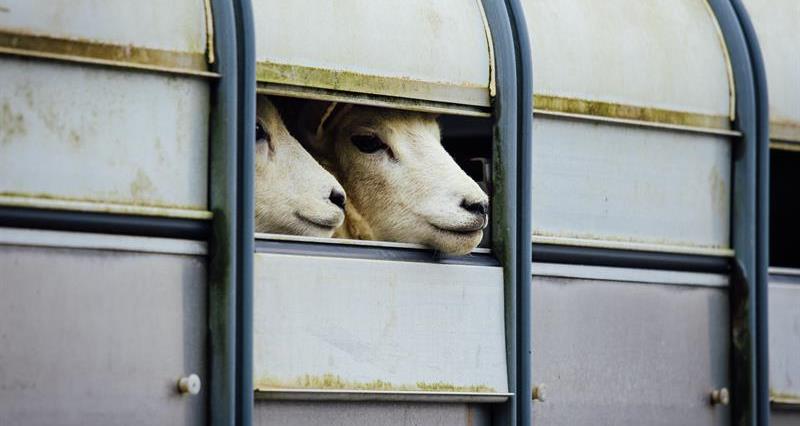From 1 January 2021 the UK will trade with the EU as a third country. This means if you are exporting live animals they will need to be identified with a tag showing the country code GB.
For sheep:
Their identification must now display the GB country code – the options for doing this vary as follows:
Where sheep are already double tagged
You should apply an additional (management) tag which displays GB and the animal’s existing individual ID number. This tag should not be red or yellow.
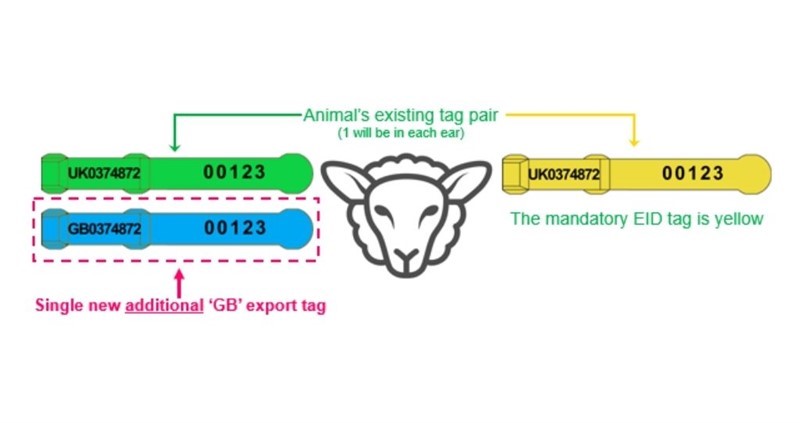
A replacement tag pair displaying the GB suffix can also be applied where animals not intended for export which have already been identified with a UK tag pair have lost one or both of those tags. If the replacement pair is applied off the holding of birth that pair must be red tags.
Where sheep are identified for the first time, or, lambs identified with the single slaughter tag that are to be exported to the EU
You can apply a pair of UK tags (one of which must be electronic) which also display a GB suffix. These animals will not need an additional management tag given these tags contain the visual GB code.
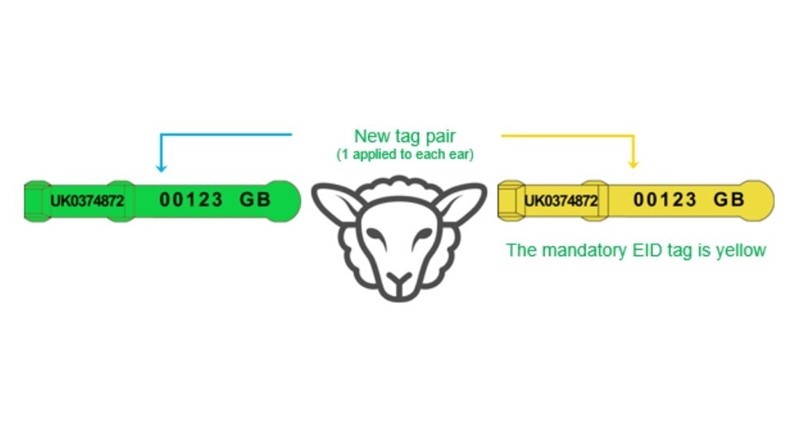
For slaughter lambs because the new tags replace an existing identifier, they should both be red tags.
For goats:
The same rules apply for goats going for export as apply to sheep.
For cattle:
Their identification must now display the GB country code – the options for doing this vary as follows
Where cattle are already identified with a UK tag pair
Cattle are currently double tagged with a pair of ear tags which bear the country code UK and the animal’s individual ID number. One of these tags is a secondary tag where additional information can be added.
You should apply an additional (management) tag which displays GB plus the animal’s existing individual ID number.
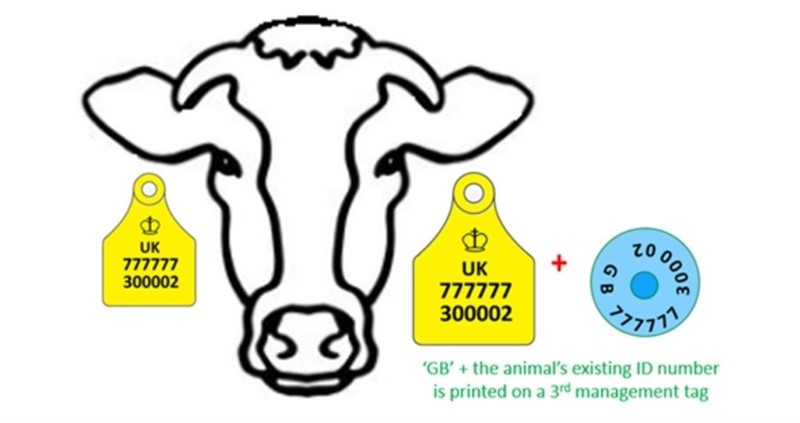
Replacement tags with the GB suffix can also be applied where animals which have already been registered and not intended for export have lost a secondary tag.
You can use any type of plastic tag (e.g. flag tag, button tag) for the additional management tag, but it should be easily read from a distance.
Where calves are to be identified for the first time
You can apply a pair of ‘UK’ tags which also display a GB suffix on the secondary tag. These animals will not need an additional management tag given these tags contain the visual GB code.
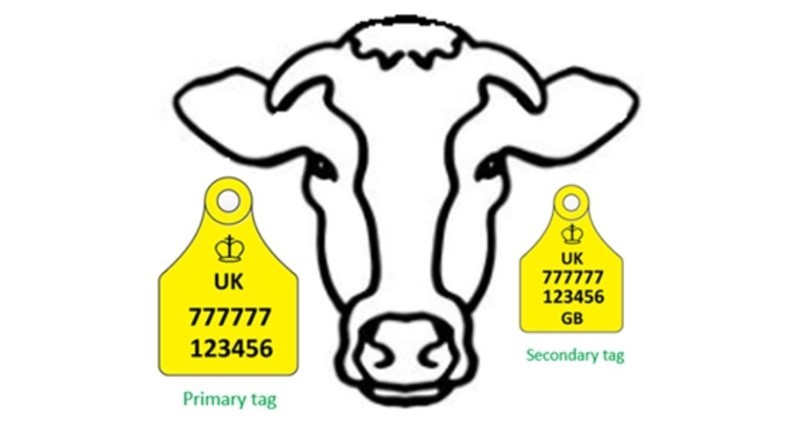
Cattle will no longer need to be accompanied by their passport on export to the EU. You will need to return the passports to BCMS within 7 days of export.
If you are exporting cattle for slaughter, they also need to be freeze-branded on the hind quarters with an L mark.
In GB red is a visual indicator that a sheep or a goat’s identification has changed after it left its birth holding.
More from NFUonline:
